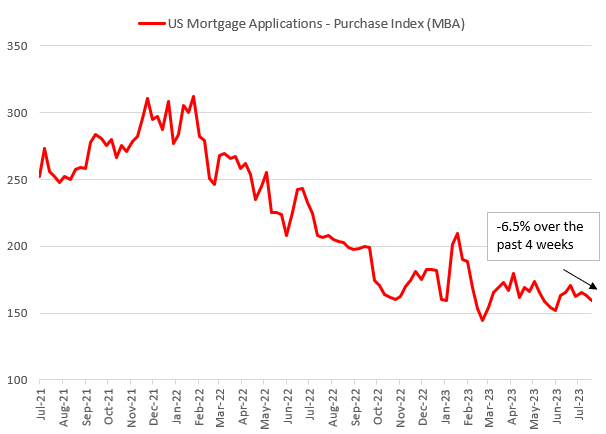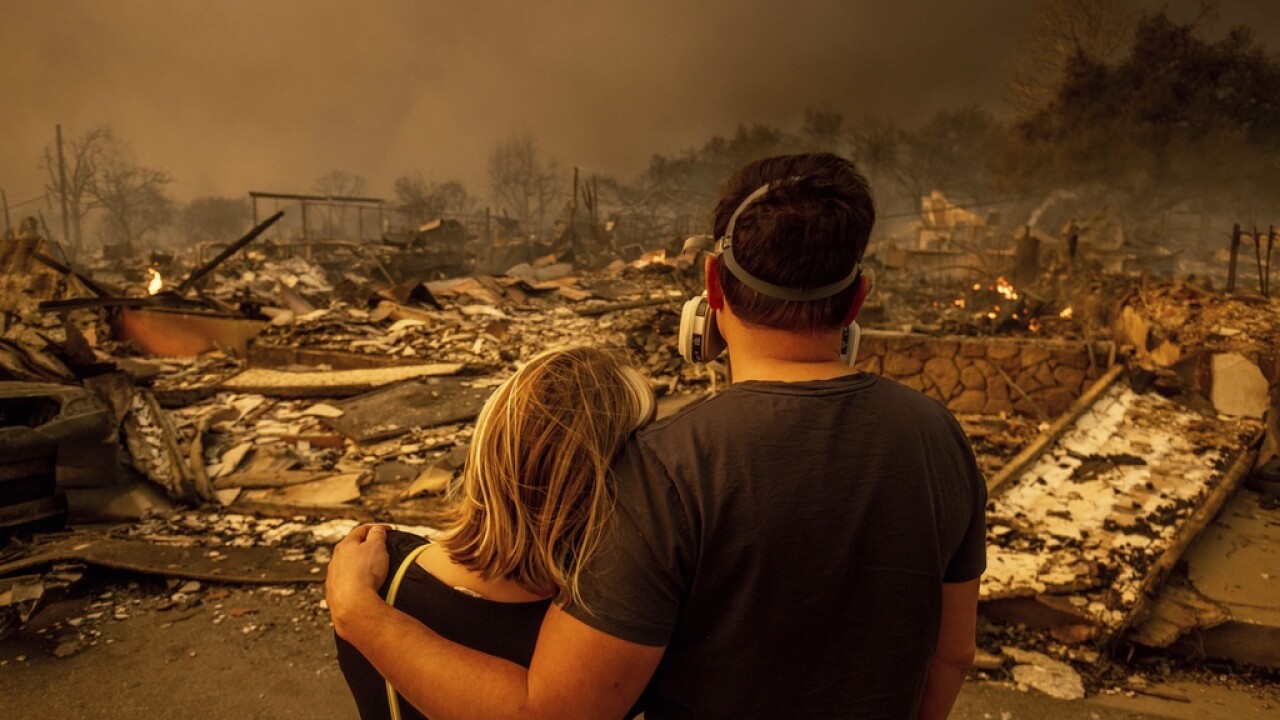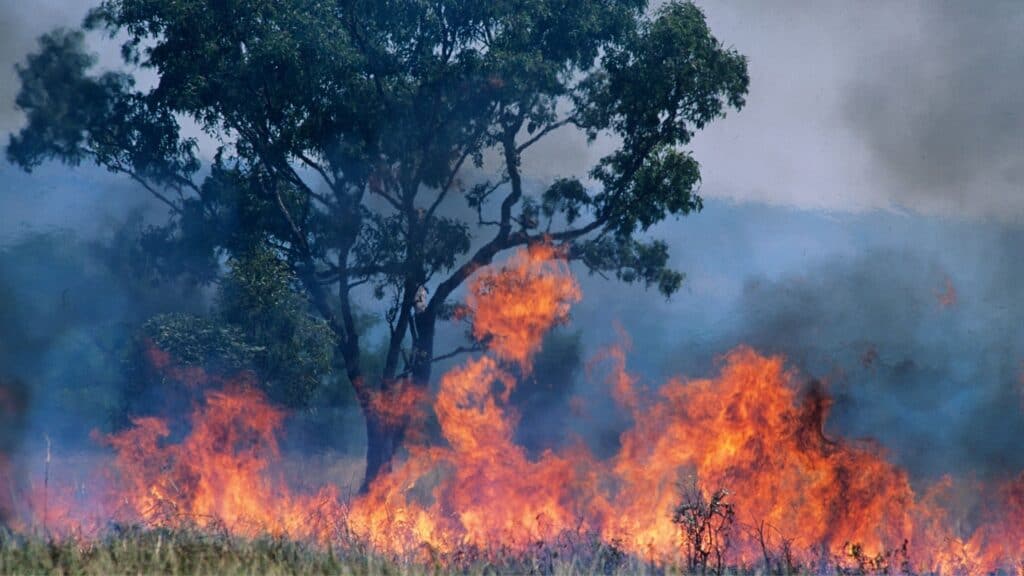Predicting Winter Weather: A Timeline Approach

Table of Contents
Long-Range Winter Weather Prediction (Months Ahead)
Long-range winter weather forecasting, predicting conditions months in advance, presents significant challenges. While pinpoint accuracy is impossible at this range, these forecasts provide a valuable overview of potential weather patterns. They rely heavily on climate models, which simulate the Earth's climate system, and historical weather data to identify recurring patterns and probabilities. Key factors influencing these predictions include:
- El Niño-Southern Oscillation (ENSO): El Niño and La Niña events significantly impact global weather patterns, influencing winter temperatures and precipitation across the globe.
- Arctic Oscillation (AO): This climate pattern describes fluctuations in atmospheric pressure around the Arctic. A negative AO is often associated with colder temperatures and increased storminess in North America.
- North Atlantic Oscillation (NAO): Similar to the AO, the NAO affects atmospheric pressure patterns over the North Atlantic, influencing winter weather in Europe and North America.
- Global Temperature Anomalies: Overall global temperatures, influenced by factors like greenhouse gas emissions, provide a broader context for long-range winter predictions.
Long-range forecasts usually express their predictions probabilistically. For example, a forecast might state a "60% probability of above-average snowfall." This signifies a higher likelihood of above-average snowfall compared to historical averages, not a guaranteed outcome.
Utilizing Long-Range Forecasts for Planning
Despite their inherent uncertainty, long-range forecasts offer valuable insights for proactive planning:
- Businesses: Supply chain managers can anticipate potential disruptions, ensuring sufficient inventory of essential goods. Energy companies can better prepare for peak demand during potential cold snaps.
- Individuals: Long-range predictions can inform decisions about winter vacations, allowing for flexibility in travel plans and potentially avoiding high-risk periods. Homeowners can start winterizing their properties early.
Seasonal Winter Weather Forecasts (Weeks to Months)
As winter approaches, seasonal forecasts (covering weeks to months) offer increased accuracy compared to long-range predictions. These forecasts utilize more detailed weather models and incorporate a wider range of data, including more localized information. Ensemble forecasting techniques, which run multiple weather models with slightly varying initial conditions, are used to improve reliability. However, it's crucial to monitor these forecasts regularly, as updates and revisions are common as the season progresses and more data becomes available.
Interpreting Seasonal Forecasts
Seasonal forecasts often use terminology like "above normal," "near normal," and "below normal" for temperature and precipitation. Understanding these terms and interpreting associated probability ranges is vital. A "60% chance of above-normal snowfall" indicates a higher likelihood than a "30% chance," emphasizing the probabilistic nature of such forecasts.
Short-Term Winter Weather Prediction (Days to Weeks)
Short-term winter weather forecasts, covering days to a week, boast the highest accuracy. These predictions rely on a combination of sophisticated tools:
- Weather Radar: Provides real-time images of precipitation, helping track storm systems and predict their movement.
- Weather Satellites: Offer a broader view of weather systems, monitoring cloud cover, temperature, and moisture levels.
- Surface Observations: Data from weather stations across the country provides ground-level information on temperature, wind, and precipitation.
- Numerical Weather Prediction (NWP) Models: These complex computer models use physical laws and massive datasets to simulate atmospheric conditions and forecast future weather.
Staying Updated on Short-Term Forecasts
For accurate and timely information during winter storms, regularly check reliable weather sources. Reputable national meteorological services and well-regarded weather apps provide up-to-date information and warnings. Consider using multiple sources to get a comprehensive picture.
Understanding Winter Weather Phenomena
Preparing for winter requires understanding various weather phenomena:
- Blizzards: Severe winter storms with heavy snow, strong winds, and low visibility.
- Ice Storms: Freezing rain that coats surfaces with a layer of ice, causing significant travel hazards and power outages.
- Lake-Effect Snow: Intense snowfall caused by cold, dry air moving over warmer lake water.
- Freezing Rain: Rain that freezes upon contact with surfaces, creating hazardous icy conditions.
Understanding the meteorological conditions that produce these events—like temperature inversions, cold air masses, and atmospheric moisture—is crucial for effective preparation.
Preparing for Specific Winter Weather Events
- Blizzards: Stay indoors, stock up on supplies, and avoid travel.
- Ice Storms: Be prepared for power outages, and avoid travel unless absolutely necessary.
- Lake-Effect Snow: Monitor forecasts closely and adjust travel plans accordingly.
- Freezing Rain: Drive cautiously, avoid walking on icy surfaces, and take precautions to prevent pipes from freezing.
Conclusion
Predicting winter weather effectively requires a multi-faceted approach, utilizing long-range, seasonal, and short-term forecasts. While long-range predictions provide a general outlook, short-term forecasts offer the most precise information for immediate planning. By combining these different time scales and understanding specific winter weather phenomena, individuals and organizations can improve preparedness and mitigate potential risks. Stay informed about predicting winter weather by regularly checking reputable sources, like your national meteorological service, and preparing for various winter weather scenarios. Learn more about winter weather prediction and enhance your preparedness by researching relevant resources and safety guidelines. Effective planning is your best defense against winter's unpredictable fury.

Featured Posts
-
 Yves Saint Laurent Pfw Laura Craik Reviews The Suits
Apr 25, 2025
Yves Saint Laurent Pfw Laura Craik Reviews The Suits
Apr 25, 2025 -
 Bayern Munich Extends Bundesliga Lead To Six Points
Apr 25, 2025
Bayern Munich Extends Bundesliga Lead To Six Points
Apr 25, 2025 -
 Los Mejores Goles De La Liga Santafesina Un Festin Para Los Amantes Del Futbol
Apr 25, 2025
Los Mejores Goles De La Liga Santafesina Un Festin Para Los Amantes Del Futbol
Apr 25, 2025 -
 Tony Hsiehs Unexpected Will A New Chapter In The Zappos Ceos Estate
Apr 25, 2025
Tony Hsiehs Unexpected Will A New Chapter In The Zappos Ceos Estate
Apr 25, 2025 -
 The Implications Of A China Canada Partnership Against Us Pressure
Apr 25, 2025
The Implications Of A China Canada Partnership Against Us Pressure
Apr 25, 2025
Latest Posts
-
 Navigating The Chinese Market The Struggles Of Bmw Porsche And Other Auto Brands
Apr 26, 2025
Navigating The Chinese Market The Struggles Of Bmw Porsche And Other Auto Brands
Apr 26, 2025 -
 The Growing Market Of Betting On Natural Disasters A Case Study Of The La Wildfires
Apr 26, 2025
The Growing Market Of Betting On Natural Disasters A Case Study Of The La Wildfires
Apr 26, 2025 -
 The La Wildfires And The Gambling Industry A Concerning Connection
Apr 26, 2025
The La Wildfires And The Gambling Industry A Concerning Connection
Apr 26, 2025 -
 Bmw And Porsches China Challenges A Growing Trend Among Automakers
Apr 26, 2025
Bmw And Porsches China Challenges A Growing Trend Among Automakers
Apr 26, 2025 -
 Is Betting On Natural Disasters Like The La Wildfires Ethical
Apr 26, 2025
Is Betting On Natural Disasters Like The La Wildfires Ethical
Apr 26, 2025
